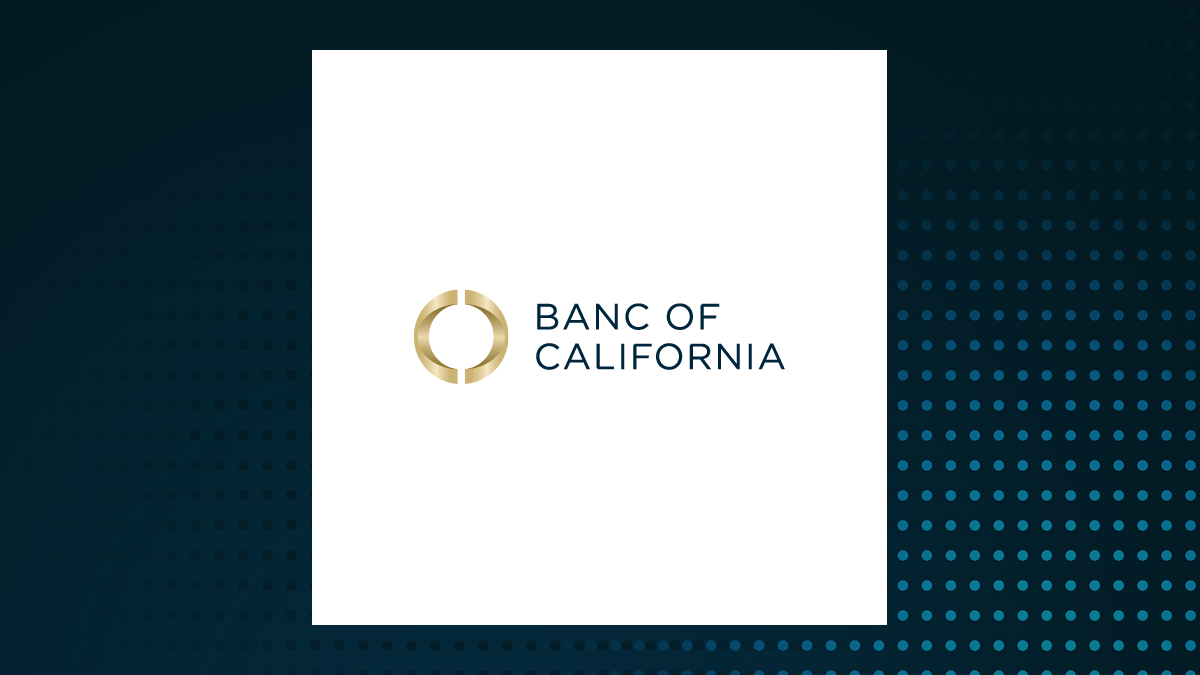Chesapeake Financial Shares (OTCMKTS:CPKF – Get Free Report) and Banc of California (NYSE:BANC – Get Free Report) are both finance companies, but which is the better stock? We will contrast the two businesses based on the strength of their earnings, valuation, risk, institutional ownership, profitability, analyst recommendations and dividends.
Earnings & Valuation
This table compares Chesapeake Financial Shares and Banc of California’s top-line revenue, earnings per share and valuation.
| Gross Revenue | Price/Sales Ratio | Net Income | Earnings Per Share | Price/Earnings Ratio | |
| Chesapeake Financial Shares | $82.72 million | 0.94 | $10.12 million | $2.15 | 7.67 |
| Banc of California | $278.39 million | 7.83 | -$1.90 billion | ($3.16) | -4.39 |
Chesapeake Financial Shares has higher earnings, but lower revenue than Banc of California. Banc of California is trading at a lower price-to-earnings ratio than Chesapeake Financial Shares, indicating that it is currently the more affordable of the two stocks.
Analyst Ratings
| Sell Ratings | Hold Ratings | Buy Ratings | Strong Buy Ratings | Rating Score | |
| Chesapeake Financial Shares | 0 | 0 | 0 | 0 | N/A |
| Banc of California | 0 | 4 | 1 | 0 | 2.20 |
Banc of California has a consensus target price of $17.07, indicating a potential upside of 23.17%. Given Banc of California’s higher possible upside, analysts clearly believe Banc of California is more favorable than Chesapeake Financial Shares.
Risk and Volatility
Chesapeake Financial Shares has a beta of 0.46, suggesting that its stock price is 54% less volatile than the S&P 500. Comparatively, Banc of California has a beta of 1.15, suggesting that its stock price is 15% more volatile than the S&P 500.
Dividends
Chesapeake Financial Shares pays an annual dividend of $0.62 per share and has a dividend yield of 3.8%. Banc of California pays an annual dividend of $0.40 per share and has a dividend yield of 2.9%. Chesapeake Financial Shares pays out 28.8% of its earnings in the form of a dividend. Banc of California pays out -12.7% of its earnings in the form of a dividend. Both companies have healthy payout ratios and should be able to cover their dividend payments with earnings for the next several years. Banc of California has increased its dividend for 1 consecutive years.
Profitability
This table compares Chesapeake Financial Shares and Banc of California’s net margins, return on equity and return on assets.
| Net Margins | Return on Equity | Return on Assets | |
| Chesapeake Financial Shares | 12.52% | 11.11% | 0.73% |
| Banc of California | -44.04% | 1.14% | 0.10% |
Insider and Institutional Ownership
3.7% of Chesapeake Financial Shares shares are owned by institutional investors. Comparatively, 86.9% of Banc of California shares are owned by institutional investors. 39.5% of Chesapeake Financial Shares shares are owned by insiders. Comparatively, 7.4% of Banc of California shares are owned by insiders. Strong institutional ownership is an indication that hedge funds, endowments and large money managers believe a stock will outperform the market over the long term.
About Chesapeake Financial Shares
 Chesapeake Financial Shares, Inc. operates as the bank holding company for Chesapeake Bank that provides various banking products and services for individuals and businesses in the United States. The company accepts interest and noninterest checking, savings, and money market accounts; and variable-rate and fixed-term money market accounts, as well as certificates of deposit. It also offers mortgage, and single-family residential and residential construction loans; commercial loans, which include owner-occupied commercial development, retail, builders/contractors, medical, service and professional, hospitality, nonprofits, marine industry, and agricultural and seafood loans; and consumer and other loans. In addition, the company provides merchant processing, accounts receivable financing, wealth management and trust, and mortgage banking services, as well as cash management services. The company was founded in 1900 and is based in Kilmarnock, Virginia.
Chesapeake Financial Shares, Inc. operates as the bank holding company for Chesapeake Bank that provides various banking products and services for individuals and businesses in the United States. The company accepts interest and noninterest checking, savings, and money market accounts; and variable-rate and fixed-term money market accounts, as well as certificates of deposit. It also offers mortgage, and single-family residential and residential construction loans; commercial loans, which include owner-occupied commercial development, retail, builders/contractors, medical, service and professional, hospitality, nonprofits, marine industry, and agricultural and seafood loans; and consumer and other loans. In addition, the company provides merchant processing, accounts receivable financing, wealth management and trust, and mortgage banking services, as well as cash management services. The company was founded in 1900 and is based in Kilmarnock, Virginia.
About Banc of California
 Banc of California, Inc. operates as the bank holding company for Banc of California that provides various banking products and services in California. The company offers deposit products, such as checking, savings, money market, demand, and time deposits; certificates of deposit; retirement accounts; and safe deposit boxes. It also provides real estate loans to professional developers and real estate investors for the acquisition, construction, refinancing, renovation, and on-going operation of commercial real estate properties; commercial real estate mortgage, residential real estate mortgage, and real estate construction and land loans; commercial loans and leases, such as equipment finance, other asset-based, venture capital, secured business, warehouse, and other lending services; small business administration loans; and consumer loans comprising personal, auto, and other loans, as well as home equity and revolving lines of credit. In addition, the company offers international banking, multi-state deposit, and asset and investment management services, as well as cash and treasury management services; and online, mobile, remote deposit, and telephone banking services. It serves small and middle-market businesses, venture capital firms, non-profit organizations, business owners, entrepreneurs, professionals, and high-net worth individuals. Banc of California, Inc. was founded in 1941 and is headquartered in Los Angeles, California.
Banc of California, Inc. operates as the bank holding company for Banc of California that provides various banking products and services in California. The company offers deposit products, such as checking, savings, money market, demand, and time deposits; certificates of deposit; retirement accounts; and safe deposit boxes. It also provides real estate loans to professional developers and real estate investors for the acquisition, construction, refinancing, renovation, and on-going operation of commercial real estate properties; commercial real estate mortgage, residential real estate mortgage, and real estate construction and land loans; commercial loans and leases, such as equipment finance, other asset-based, venture capital, secured business, warehouse, and other lending services; small business administration loans; and consumer loans comprising personal, auto, and other loans, as well as home equity and revolving lines of credit. In addition, the company offers international banking, multi-state deposit, and asset and investment management services, as well as cash and treasury management services; and online, mobile, remote deposit, and telephone banking services. It serves small and middle-market businesses, venture capital firms, non-profit organizations, business owners, entrepreneurs, professionals, and high-net worth individuals. Banc of California, Inc. was founded in 1941 and is headquartered in Los Angeles, California.
Receive News & Ratings for Chesapeake Financial Shares Daily - Enter your email address below to receive a concise daily summary of the latest news and analysts' ratings for Chesapeake Financial Shares and related companies with MarketBeat.com's FREE daily email newsletter.
